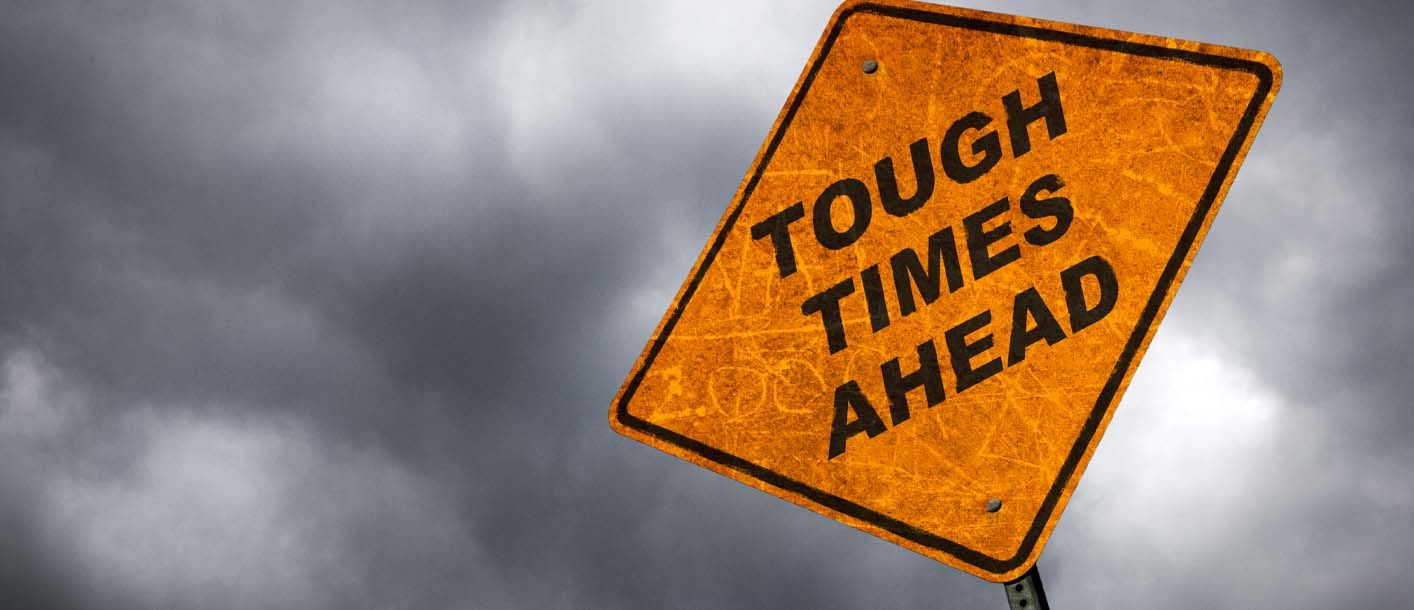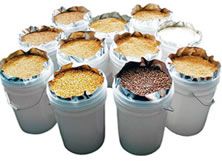Making Your Own Supply of Long Term Food Storage
Common household foods have very short shelf lives.
Common household foods have very short shelf lives.

Common household foods have very short shelf lives. Fresh produce and dairy last less than a few weeks. Meats and some other foods can be frozen, however, this only extends the shelf life to six months or a year. Most canned goods while easy to prepare and labeled nonperishable, have a shelf life of under three years. A disaster could strike within that time frame, or it could happen many years, potentially decades from now. The best way to prepare for disasters concerning food is long term food storage.
Freeze dried foods can be very expensive. For people who want to start prepping but don’t know how much money they’re willing to sink into it, the best option for attaining a decent supply of long term food storage is to make your own with Mylar bag, food grade buckets, and oxygen absorbers.

There are three factors* that rapidly accelerate food deterioration: water, light, and oxygen. For making your own long term food storage, you can only use foods that have very little to no water in them, such as rice, wheat, or dehydrated fruit. This takes out the factor of water. The next factor, light, is where Mylar bag come in. Mylar is a 100% reflective material that once sealed, does not any light in to damage your food. (Our food grade buckets also don’t let in light, however once you open them if the food is all there, not in Mylar bag, you will have to use the whole bucket of food as quickly as possible. In addition to this, if you want to put different foods in the same bucket, separating them into individual Mylar bag will allow you to do this) The third factor is oxygen, which can be dealt with by the use of oxygen absorbers and food grade buckets. Once you have put all your food in a food grade bucket (food grade so the plastic doesn’t leech in and contaminate your food), you can put in oxygen absorbers. They absorb all the oxygen in a container and seal it tight so as not to allow any air in to degrade your food. So to make your own supply of long term food storage, all you need are dehydrated foods, Mylar bag to protect from light, and food grade buckets and oxygen absorbers to protect from oxygen degradation.
When storing foods in Mylar bag and buckets, make sure you use the FIFO method, First In First Out. This means that if you put one gallon of rice in a Mylar bag in a bucket in one year, and then you open the bucket and put another gallon bag of rice in another year, make sure to use the previous year first. This is common sense, as much of prepping is.
Some prepping families are wealthy and can afford all the cool toys and food they want. However, many preppers do not have a ton of money and can’t afford a ton of long term food storage. One solution for all preppers is to use the food you have stored up. Long term food storage is of no use if you can’t use it when you need to. Some preppers have fallen on hard times and were happy to find that they could eat their long term food storage. When they were able to get back on their feet, they simply replaced the long term food storage. This is similar to food rotation.
Food rotation is when you use your long term food storage periodically. For example, if you had twenty lbs. of rice in a Mylar bag, you could use it every three years and replace it. This is a great way of caution so you know you will constantly have a longer shelf life on your food. As the old saying goes, if you have two, you have one, and if you have one, you have none.
Overall, making your own long term food storage is very cost effective compared to just buying dozens of cans of freeze dried food. It gives you a safe and secure way of knowing that you have food in the event of an emergency. Food is the second most important element in any survival situation, coming only behind water. You can only live for three weeks without food. Don’t let a disaster catch you off guard, be prepared with long term food storage.